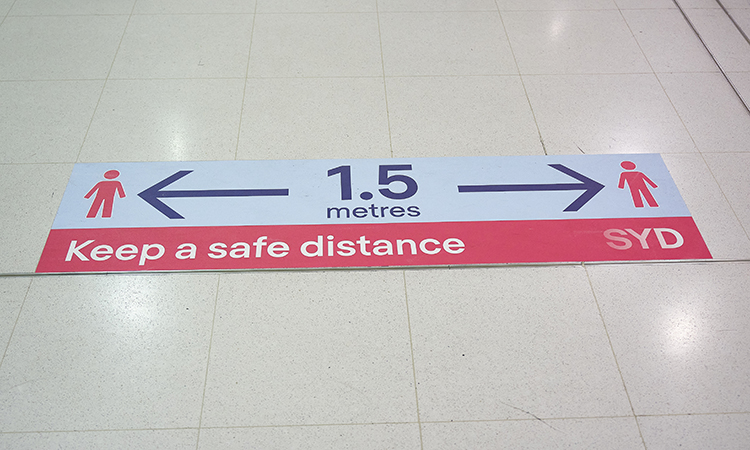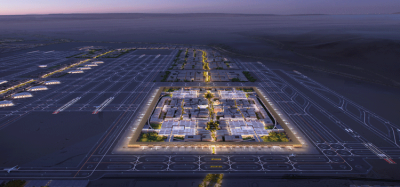ACI World suggests list of measures to replace physical distancing at security checkpoints
- Like
- Digg
- Del
- Tumblr
- VKontakte
- Buffer
- Love This
- Odnoklassniki
- Meneame
- Blogger
- Amazon
- Yahoo Mail
- Gmail
- AOL
- Newsvine
- HackerNews
- Evernote
- MySpace
- Mail.ru
- Viadeo
- Line
- Comments
- Yummly
- SMS
- Viber
- Telegram
- Subscribe
- Skype
- Facebook Messenger
- Kakao
- LiveJournal
- Yammer
- Edgar
- Fintel
- Mix
- Instapaper
- Copy Link
Posted: 6 October 2020 | International Airport Review | No comments yet
With physical distancing measures reducing airport security capacity by up to 75 per cent, ACI World has outlined 11 measures that can replace the 1.5m and 2m distancing requirements.


Airports Council International (ACI) World has released findings of simulations on the impact of applying physical distancing at airport security checkpoints which show that capacity could be reduced by up to 75 per cent as a result of the implementation of these new measures to limit the spread of the COVID-19 pandemic.
Working with EBEA Consulting and Transoft Solutions, ACI World has designed 11 alternative measures to physical distancing that keep passengers and staff safe while, at the same time, keep checkpoints moving when passenger traffic inevitably increases.
These measures are explained in the Security Checkpoint Modelling videos – one for high throughput airports (greater than 250 pax/hour per security lane), the other for airports with a more standard flow of traffic (lower than 250 pax/hour per security lane).
While the impact and effects of the COVID-19 pandemic brought airports to a virtual standstill, airports around the world are planning for a return of passengers while also providing for extra measures to protect passengers and employees. Security checkpoints are a key consideration in this preparation.
ACI World’s Director General, Luis Felipe de Oliveira, said: “Airports are examining all aspects of their operations as they seek to recover from the impact of COVID-19, foster confidence in air travel and reassure passengers that health and safety is the number one priority. These simulations and resulting suggested mitigation measures encourage regulators and airports to plan ahead to facilitate an increase in passenger numbers, without having to compromise on health and safety.”
Physical distancing has proven to be a good mitigation measure against the spread of the virus, but, once passenger traffic increases, this will not be a viable or sustainable long term solution if airports are to keep operations running efficiently.
Three scenarios were tested to include the need for increased space for physical distancing in the queue. The results suggest that checkpoint capacity was reduced by up to 75 per cent in the worse-case scenario. Even in the best-case scenario, there was still a reduction of 50 per cent capacity at a security checkpoint when implementing physical distancing.
The 11 different mitigation measures to physical distancing are designed to keep passengers and staff safe. Some examples include:
- Wearing of face coverings
- Pre-travel testing
- Continuous tray or UVC cleaning and high touchpoint cleaning
- Installation of plexiglass
- Crowd monitoring software.
“Alternative measures proposed to physical distancing will still achieve the same outcome, where passenger and staff members remain well protected, while reducing the impact of delays on airport operations. By adopting measures that are aligned with other industries, airports can demonstrate that they are following best practices and the World Health Organization guidance and, in so doing, can help increase passenger confidence,” added de Oliveira.
Related topics
Airport crisis management, Capacity, COVID-19, Passenger experience and seamless travel, Passenger volumes, Safety, Terminal operations


















